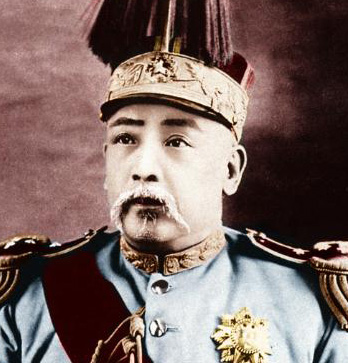After the problems that arose from the boxer rebellion, the Chinese sought to fix the gaps in their government. One advancement they took was to use western ideas of government and implement them into the reconstruction of the government. With westernization, the Chinese “began to look at various examples of constitutional monarchy that might strengthen the country and shore up their dynasty.” Other aspects of Chinese culture were westernized.
The failure of the Qing empire sparked the Chinese to implement constitutional reforms. By 1905 “the court formally encouraged sub-county administrative offices designed by Zhao Erxun of Shanxi province with the foundation of baijiu system.” The empress Dowager Cixi gathered to travel to western countries to study their government’s structure to help put a new constitutional government into China. The Chinese government “established local self-government schools, and in 1907, he authorized an election for a council in Tianjin to set up a self-government bureau with abolishing baojia system altogether”. The government that was put into place in China was a parliamentary system that controlled the “budget, the armed forces, foreign policy, and the judicial system,” which took control of a lot of responsibility in the government. The provinces that were formed helped shape a different political standard in China.
Another advancement added in China was the railways, a technological improvement compared to the traditional ways of traveling. Having the railroads was another piece of industrialization taken from the west. A problem with the railways is that China was an easy target for foreign investors to take advantage of the local economy. The Chinese got wind of the foreign actors trying to do so “antiforeign boycotts was to raise money through local bonds so that Chinese could buy back the rail-road rights made available for foreign investors and thus regain complete control of their transportation system.” With the QIng losing power, the West began to have a significant influence on the Chinese, which led to them adopting new ways of government and technology.
With all this new change, people with traditional views and others who wanted the new ways began to feud. Sections of China started to declare freedom from the Qing government, which called tension within the empire. This was when the provisional constitution was implemented that “guaranteed all Chinese and minority peoples equality and protection of persons and property under the law.” An election was held, but shady events occurred where leaders were put in that shouldn’t have been. Assassinations and other corruption crippled China but led Yuan Shikai into charge. Eventually, Shikai passed away, but his crime took over the Chinese people, and it screwed up the Chinese government, and they struggled to recover.

Leave a Reply